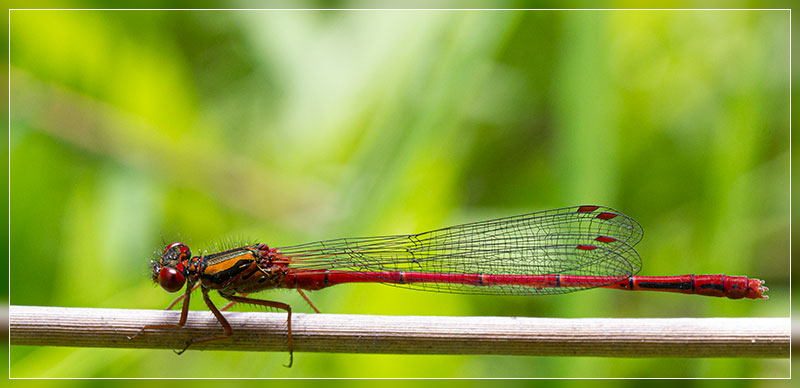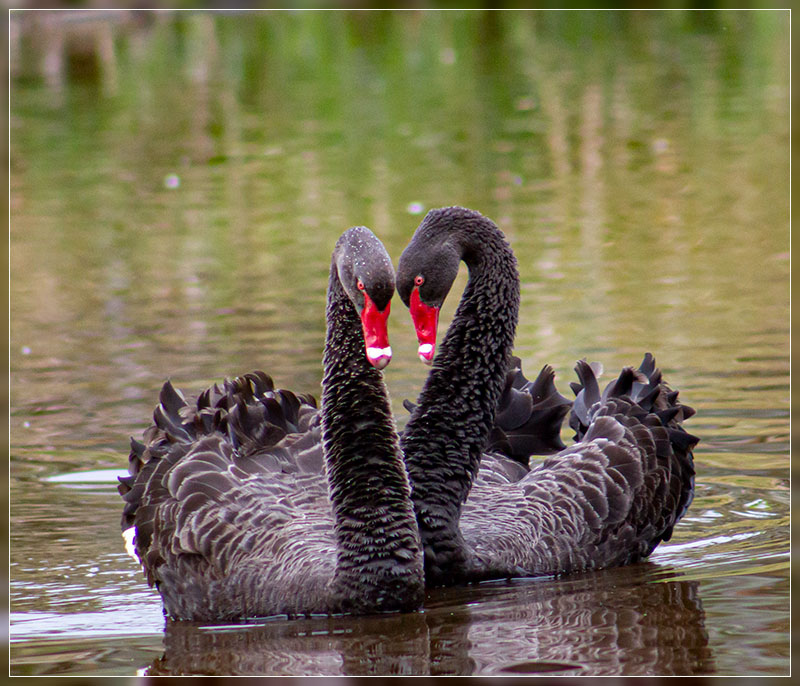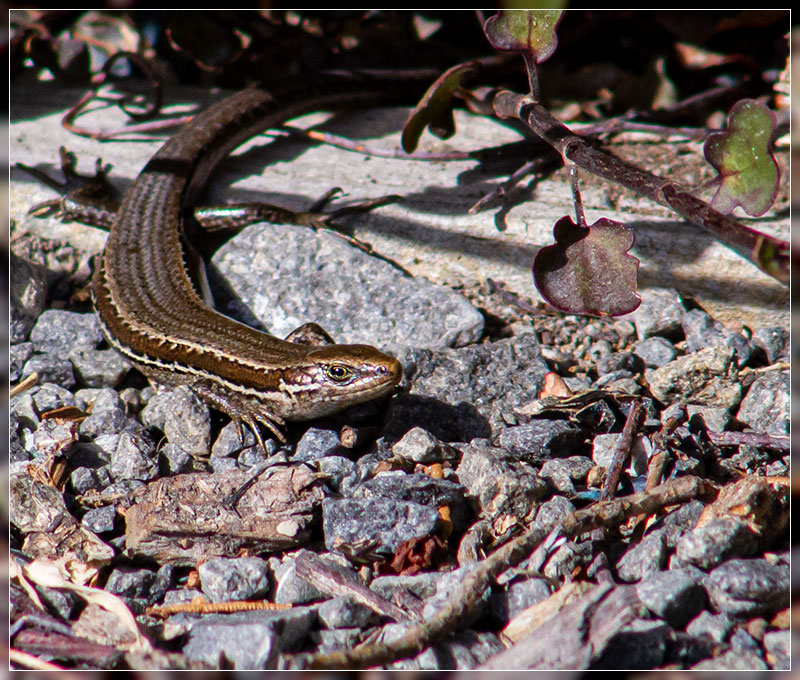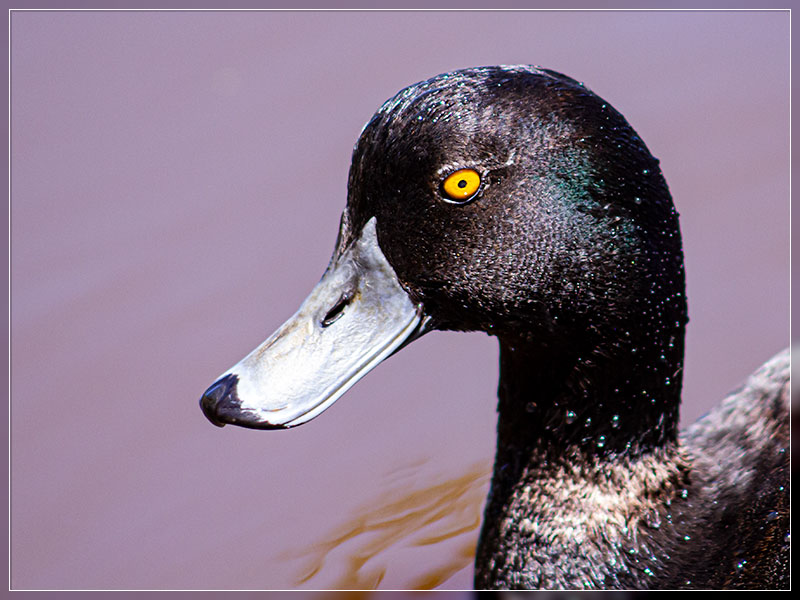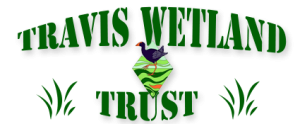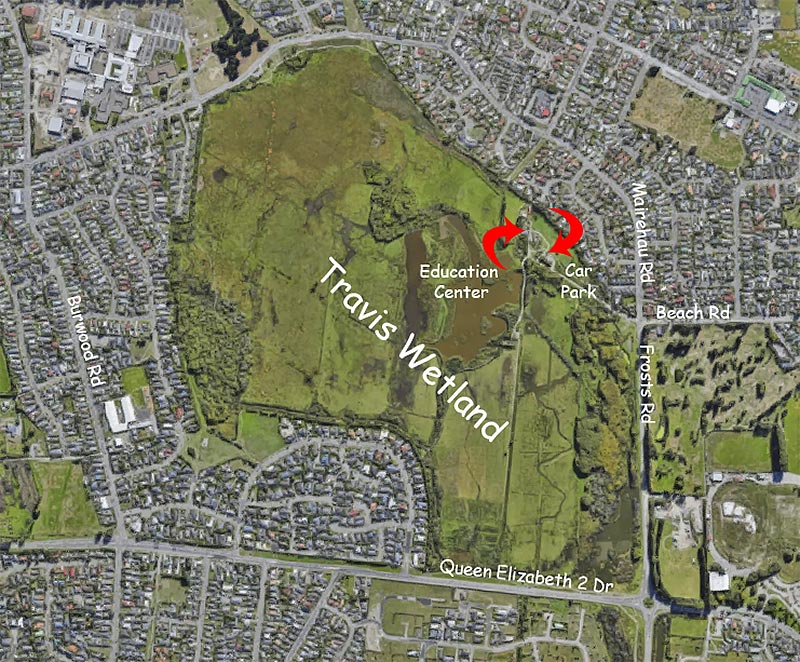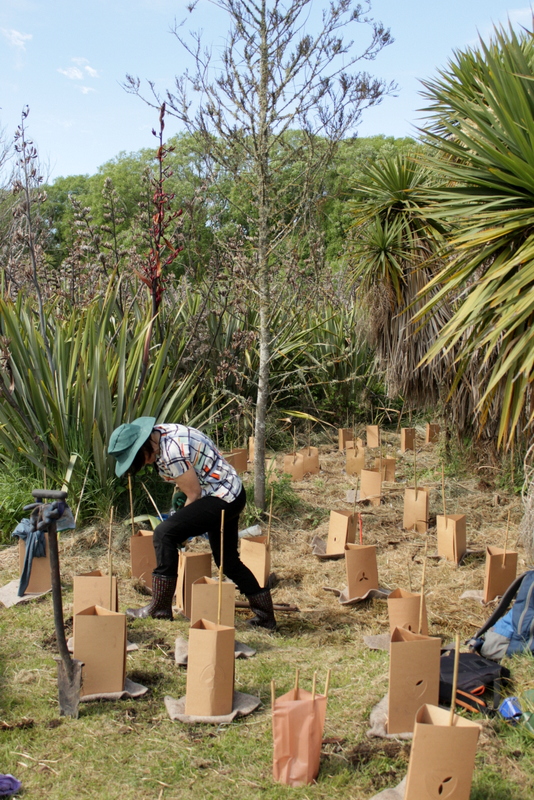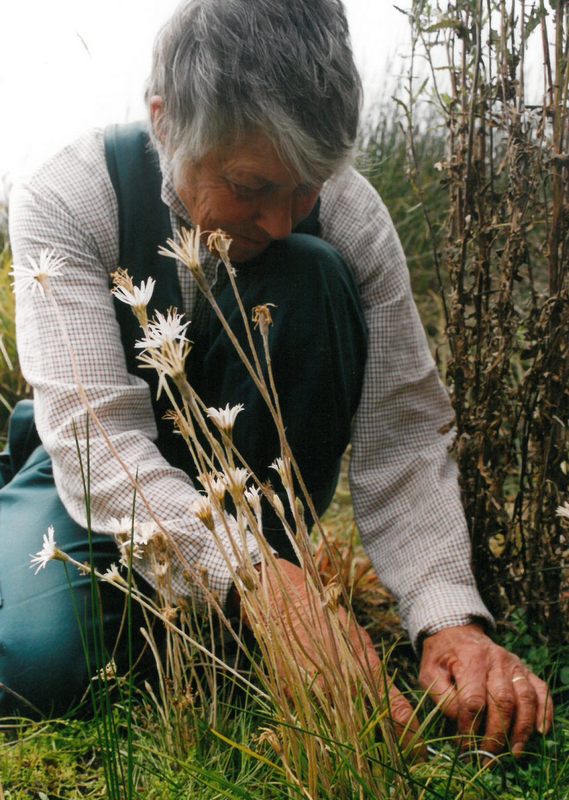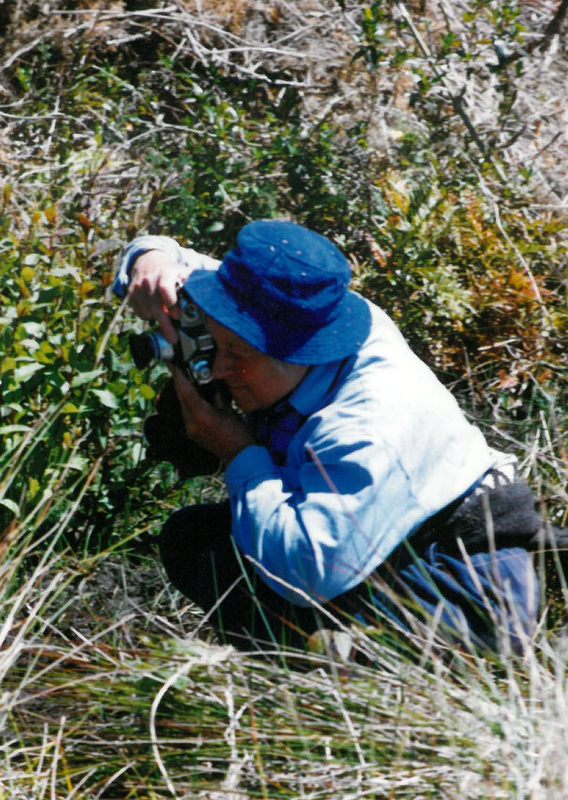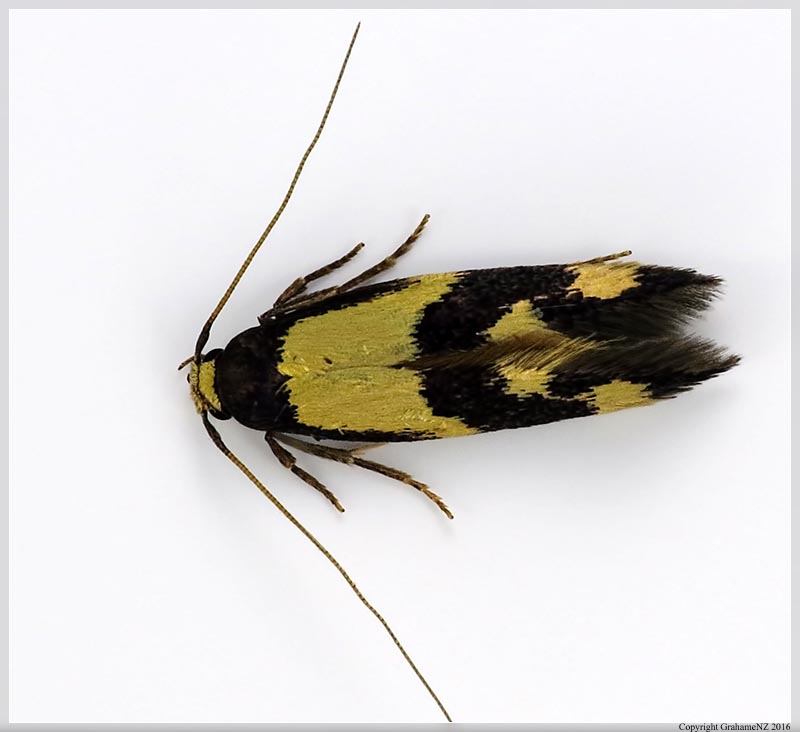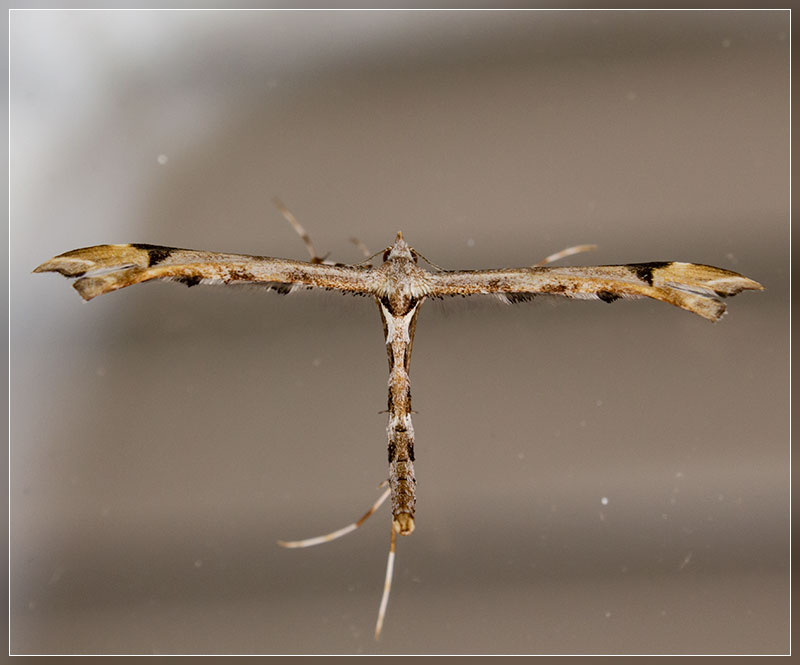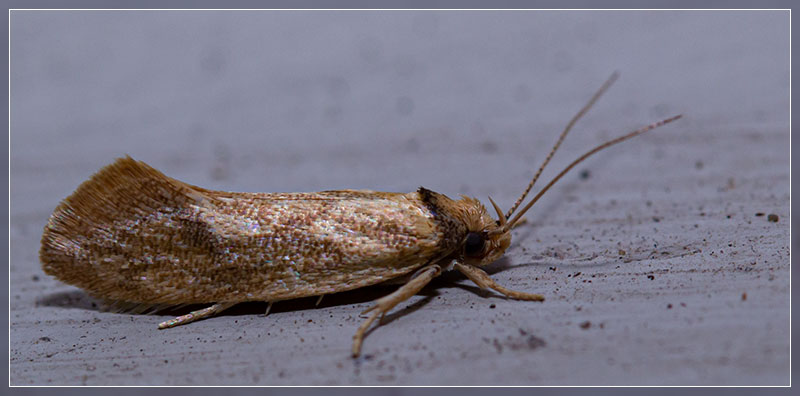Work Day Reminder, Dec 21 2019
The next Travis work day, is Saturday December 21 2019, 9 am – 12:30.
Meet at the Education Centre (the old farm house) near the Beach Rd car park at 9 am. Click on the adjacent location map for a more detailed view.
We’ll probably do some releasing somewhere as cool as possible, but plans change like the weather! When we leave the Education Centre to work somewhere else around the wetland a notice board in the porch will indicate where we have gone, if it’s not obvious. As usual for December the work will be followed by a BBQ and salad lunch at the Education Centre. Please join us.
All tools provided. It’s liable to be wet underfoot, so gumboots are advised. If you don’t own any we do have some for loan.
Latest News
Work Day, Saturday 16 November
This was a very warm morning during Show Weekend so it was pleasing to see 15 people ready for action, including two newcomers from Lincoln.
We made good progress with planting on the southern side of the Beach Road entrance road. Ground conditions were variable and quite muddy in some spots. We planted mainly Carex secta (Makura Sedge) and a few Cyperus ustulatus (Giant Umbrella Sedge) with a total of around 150 plants.
We also found time to clear some convolvulus from the same area before relaxing with cool drinks and snacks on the Education Centre lawn.
Article: Sue Britain, Image: Eleanor Bissell
Daphne Banks
Last month Travis Wetland Trust life member Daphne Banks passed away peacefully. Daphne had been active at Travis Wetland over many years and many of the photographs on the walls of the Education Centre, from the early years of the Trust, are hers. Here Eleanor Bissell shares some poignant memories of Daphne.
Daphne joined the Travis Mānuka group in 1996.
Excerpts from my dairy:
- 21-4-1997 – Daphne cleared around native sundews [wahu], daisies [peka peka] and Microtis.
- 7-7-1997 – Daphne helped to plant bush rice grass [Microlaena avenacea] sourced from Riccarton Bush. All worked on clearing a huge patch of gorse that lurked among the willows. We planted the cleared area with Cordyline australis and Coprosma robusta seedlings. Hot and tiring, a successful, strenuous work day.
- 3-8-1998 – 4 deg. frost, fabulous sunrise. Burwood school students [296 total] led by the Travis Mānuka Group [Daphne included] planted near the Viewing Tower which wasn’t opened until July 2000.
She loved to be involved, not only with the native plants, but weed clearance. This involved grubbing, chopping, sawing, digging and pulling at blackberry, gorse, broom and young willows; all done with alacrity for the benefit of the native plants at the Wetland. She would point out multifarious precious species and with gentle finger & thumb weeding carefully eliminate ‘unwanteds’. She was never too tired to photograph our work progress and the plants. Her camera was her constant companion.
Always ready when I called to pick her up, she was usually ‘weeding’ along her driveway while waiting! On the way we discussed plants of course and our next action plan. Caring for those special plants and increasing their numbers was Daphne’s passion, obsession? All our special ones were her favourites. If she wasn’t sure of their identity she took them to the Herbarium to be verified. She collected seed from existing Celmisia graminifolia, Luzula picta, Urtica linearifolia and Carex secta. These she raised at her home then planted them at the Wetland.
Daphne had an adventurous spirit which guided her gumboots into areas where I wouldn’t venture! [I did cautiously follow!] One foray took us into the middle of Travis as she & Colin Meurk had previously spotted remnant Ranunculus glabrifolius. We gathered several small pieces, which she took home and lovingly grew on, before returning them as healthy well grown specimens. Now the plant pops up in various locations – a welcome reminder of Daphne.
Along with Colin Meurk she was a driving force that saved those special plants which we have thriving out there today.
Article and images: Eleanor Bissell
Moths of Travis
Back in October 2014 Denise Ford and myself started to do a survey of the moths of Travis Wetland. For the first 2 summers we spent many a Saturday night tucked away at Travis with a small 12V UV lamp and a dose of enthusiasm. The enthusiasm was the important bit, we tried to sample as many different habitats as we could, this at times meant spending several hours trying to keep our bums dry while working in an area of sodden ground. At a couple of our favourite sites not only did we get plenty of moths but also attracted every other form of flying, buzzing critter imaginable. At times it seemed every breath we took contained some sort of bug.
Not all our mothing nights were spent mothing. One night was spent attempting to dig our transport out of the mud, unsuccessfully. Another we arrived just after a couple of miscreants set fire to Cabbage Trees beside the Ed Centre.
Since those first two summers I’ve kept hunting down new species in a very informal way. The current total of moth species for Travis is 174 in 25 families. I also have quite a collection of images of moths that we can’t id to below family level. New Zealand has around 2000 species of moth with a bit over 90% of them being endemic. So currently we have around 9% of the known NZ moth species number, pretty impressive when you think about it. There’s still many more species to be found at Travis, I’ve never started on the smaller moths that I see on my travels around the wetland.
In most places the micro moth population well and truly outnumbers the macro moth population so there’s plenty more work for a skilled lepidopterist in the future.
My thanks has to go to Brian Patrick, a local lepidopterist, Landcare’s Dr Robert Hoare and Dr Neville Hudson, without their help the cup of enthusiasm would have emptied long ago.
Article and images: Grahame Bell
Giant Umbrella Sedge
This is an impressive sedge which can reach 2m in height. It has many names including coastal cutty grass and toetoe upoko-tangata as well as the Latin Cyperus ustulatus. It is common in the North Island and top of the South Island but is quite unusual in the eastern South Island, so hopefully our plantings will do well. Favoured habitat is open areas around wetlands, streams and estuaries.
Flowers occur as impressive dark spikes between July and December. These are sometimes affected by an endemic smut fungus which produces a yellow powdery appearance.
Colenso recorded Maori using the plant for mats, baskets and thatch in 1869. Maori have also made kites from this sedge as seen on a NZ stamp in 2010.
Sources : terrain.net.nz, nzpcn.org.nz, landcareresearch.co.nz, wikipedia.org
Article: Sue Britain, Image: Eleanor Bissell
Recent Observations
Images: Grahame Bell
